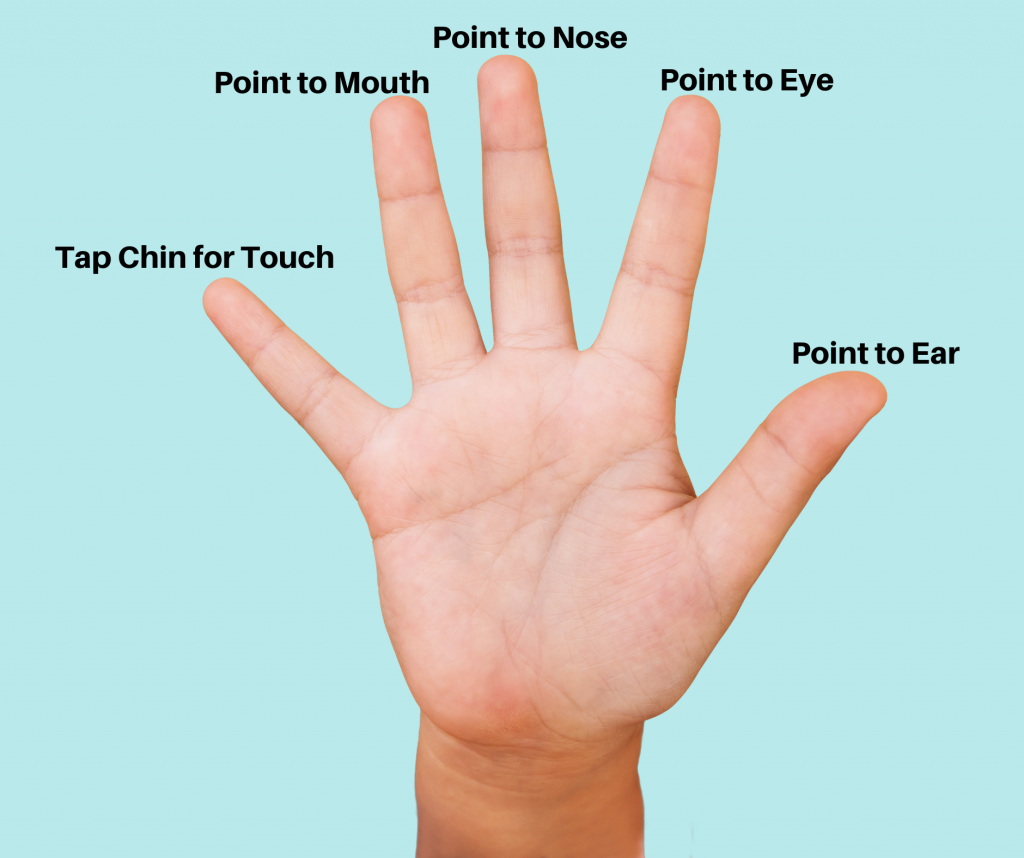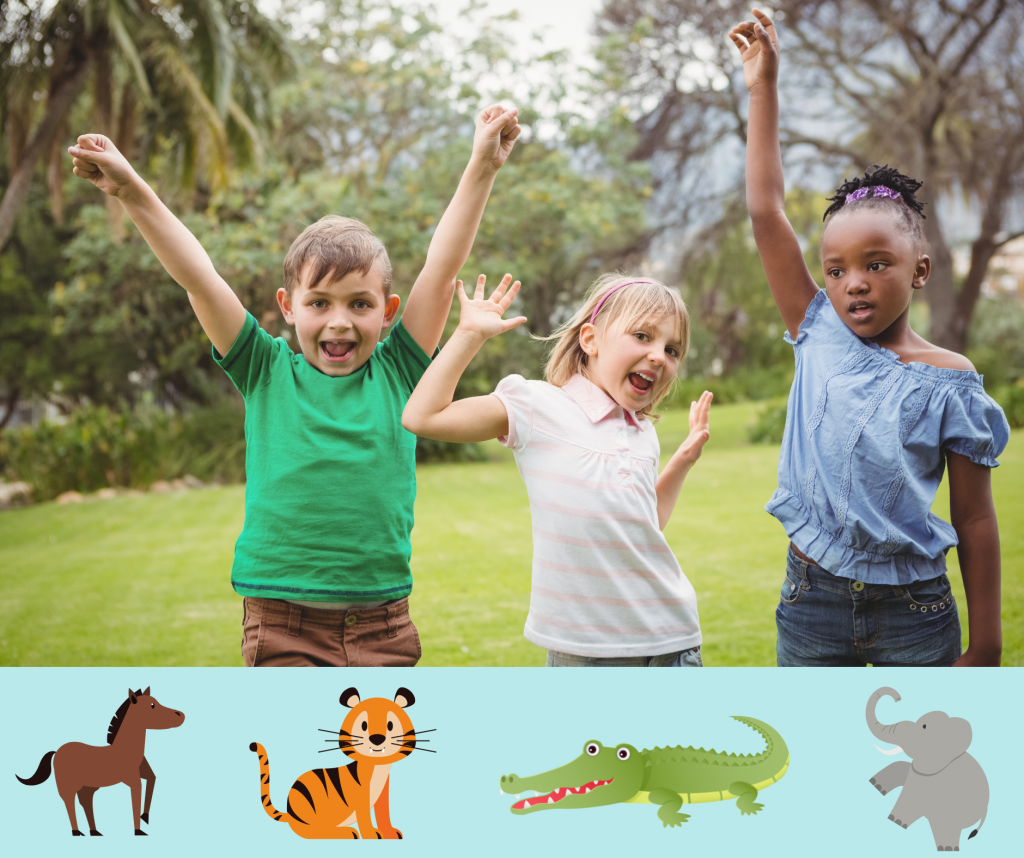If hearing the term “mindfulness” immediately conjures images of sitting in lotus pose with your eyes closed, you are certainly not alone. Nor are you wrong – yoga and meditation are excellent examples of practicing mindfulness, but it also includes so much more. According to the Oxford English Dictionary, mindfulness is defined as, “a mental state achieved by focusing one’s awareness on the present moment, while calmly acknowledging and accepting one’s feelings, thoughts, and bodily sensations, used as a therapeutic technique.” Research shows that practicing mindfulness can alleviate symptoms of stress, anxiety, sorrow, and pain.
During the uncertain early days of the pandemic lockdown, I noticed that my kids, then ages 3 and 6, began displaying signs of increased anxiety. Their attention spans seemed shorter, and they became annoyed more easily (and I would be lying if I said that wasn’t the case with me, too). So, as I sought to process what was happening on our local and global scale myself, I found that practicing mindfulness had a nearly immediate calming effect. Since it worked for me, I searched for age-appropriate ways that I could make it accessible to my children also.
It worked so well for myself and for my children, that we still practice these techniques regularly. I think of mindfulness as a learned skill, and if we start early, it gives kids some tools to put in their metaphorical “toolbox” to use when things seem overwhelming or over-stimulating. Here are three of our favorite techniques that you can try with your kids.

1. Keep a Gratitude Journal
This is one of my personal favorites as an adult. I keep a notebook by my bed, and in the evening, I jot down the date with 2-3 things that I am thankful for during the day. Then, I close my eyes, take a few deep breaths, and concentrate on the feelings of gratitude and contentment that this list evokes.
While older children may be capable of jotting down a few things that they are grateful or thankful for each day, younger ones are able to join in by drawing a picture. For babies or toddlers, you can even just point out to them something that you are grateful for during the day and tell them about it “this makes Mommy happy and grateful because….”. Feel ridiculous talking to your baby like they are an adult? Don’t! According to Developmental Psychologist Erika Hoff, speaking to your baby like an adult is beneficial for language development, “children cannot learn what they don’t hear.”
My children are now ages 9 and 5, so our Gratitude Journaling includes some writing by my elder daughter, and some spoken words and drawn pictures by my younger son. Sometimes our lists include things that are general and broad, like being thankful for the health of our family, or the sunshine on a beautiful day. Sometimes they are silly and specific, like gratitude for a playful squirrel that made us laugh while doing acrobatics at the birdfeeder to steal some birdseed.
Whichever way you do it, I have found this technique helpful because it (a) makes me pay attention to moments in my day that bring me gratitude and joy so that I have something to write about in my journal and (b) is a great way to close out the day on a positive note.
2. Use Your Senses
Have you ever used the 5-senses memory technique where you hold your hand up to the side of your face and each finger points to one of your senses? Using your right hand, place your thumb on your ear for hearing, index finger near your eye for seeing, middle finger near your nose for smelling, ring finger near your mouth for taste, and tap your pinky finger on your chin for touch. While you may not have done that since grade school, it is a great way to tune into your surroundings for an easy mindfulness exercise.
At a couple of moments during your day, try stopping for a moment and really thinking about each of your five senses. Then ask yourself: “what do I hear right now? What do I see? What do I smell? What do I taste? What physical sensations am I feeling?”
This is a great thing to do with preschool aged kids and up, and it teaches awareness and focusing on the exact place where they are at that particular moment.


3. Try Animal Breathing
Focusing on your breath is a common theme in yoga and meditation; it can serve as a a means to calm your nerves, or even to relieve pain. Telling kids to sit still and focus on breathing can be a great tool – if you can get them to do it. Animal Breathing is a great way to get kids to think about their breath and bring attention to it, and it’s fun, too! First, tell you kid(s) that you are going to breathe like an animal – it can be any animal, and some examples are below. Then, show them how to “breathe like the animal” and tell them to follow along. After the giggles subside, try slowing the motion and your breath a little bit and see if your child will follow.
Alligator Breathing: Hold your arms straight out in front of you on top of one another, palms resting on one another. Then open your arms (and your alligator’s “mouth”) and close them in rhythm with your breathing. Open your arms while you breathe in, close your arms and clap your palms together.
Horse Breathing: Hold your hands (or hooves) in front of you with elbows bent, hands cupped, and palms facing down. Extend your arms in front of you and bring them back in front of you by bending your elbows, as if you are a “galloping horse.” Breathe in as you extend your arms out, and breathe out as you bring them back towards your body.
Elephant Breathing: Extend one arm out in front of you with your shoulder by your face to make an “elephant trunk.” Wave your entire arm (trunk) up and down – breathe in as you raise your arm, and breathe out as you lower it.
Invite your children to make up some of their own! I find that this is a great distraction tool if you sense that your child might be headed for a meltdown or temper tantrum – I have pulled out my “elephant trunk” in the grocery store and my “alligator jaws” in the mall with great success.








